Virtual reality is about to make a huge impact on everything from gaming to business. But virtual reality may be changing our homes as well. Here are five ways that virtual reality is impacting architecture and interior design.
1. Offering a new tool for visualizing design
Virtual reality interfaces allow for testing new designs before you even implement them. In fact, one paper from 2011 examined the possible creation of a software to do exactly that.
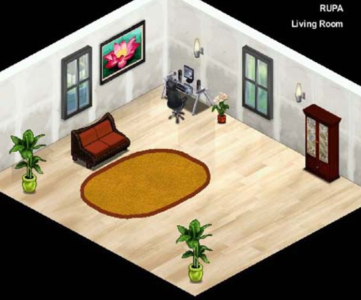
“There is a need for an application that would assist architects, interior designers, and design hobbyists,” the paper said. Something that would let them decide how well a certain item would look in a home even while not actually in the home in question. Of course, lots of photographs are always an option, but using virtual reality, such as a model room in Second Life, allows the user to examine a wide range of styles without actually buying lots of physical merchandise or moving things around multiple times.
Another group, students from the University of Queensland, have created a virtual interior design application that lets you virtually visualize a room. The application for the iPhone or iPad is coupled with a Kinect and an infrared glove, which lets you view a room design virtually in 3D.
Even major home improvement stores are getting in on virtual reality — Lowe’s, Armstrong, and Pottery Barn all have their own virtual room creators.
2. Letting people tour buildings remotely
By allowing people to tour buildings remotely, like in Second Life, virtual reality offers not only a tool for students, but also for prospective home buyers. Architecture students can visit recreations of famous buildings, reducing the need for field trips and letting students revisit buildings on their own time.
Realtors can create virtual copies of homes, allowing prospective buyers to visit even if they’re not in the area. This would be great for something like vacation homes, where the buyers are probably not located near enough to the building to make visiting convenient. Buyers would still be able to get a good feel for what the home is like, while realtors could easily let as many prospective buyers as they want visit the home.
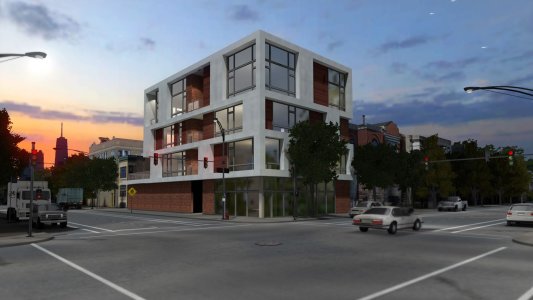
“The type of environments we can create are almost identical to real life experiences,” said Per Eriksson, a manager at Troppo Design. “This makes for tremendous opportunities. Virtual reality headsets can make a visit to a far off holiday destination more enjoyable than looking at a flat screen.”
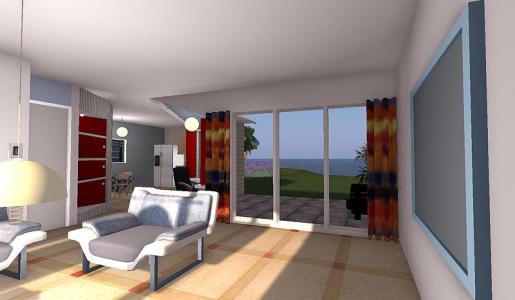
3. Making it easier to visualize blueprints
Oculus Rift, and other virtual reality devices like it, can offer a new way of visualizing architectural blueprints. Arch Virtual is one company doing just that. They create “architectural experiences,” or virtual reality simulations for architecture projects.
While a tool like this might be cumbersome for individual use, on a large project with multiple people involved in the designing, it can be useful to create a clear picture of what the imagined design. This could ease communication and allow for a more productive collaboration.
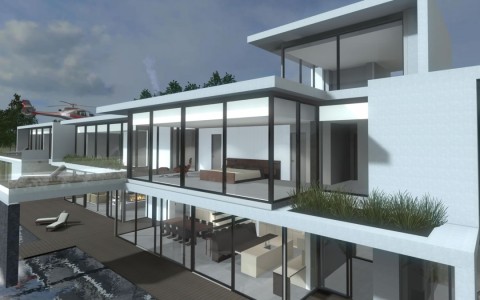
4. Disrupting the actual work of the architects
Unfortunately, the development of virtual reality has a dark side for architects and interior designers.
“I would almost go so far as to characterize the advent of virtual reality as a design visualization tool as ‘disruptive,'” said Jon Brouchoud, owner and founder of Arch Virtual. “Many of our projects come directly from owners, desperate to fully understand how a design will work for them before construction starts. In other cases, we’re told that the inclusion of an Oculus Rift visualization is a requisite deliverable for large new construction projects, such that the contractor cannot even qualify as a contender to win a construction bid if they aren’t able to include a virtual experience of the building as part of their services.”
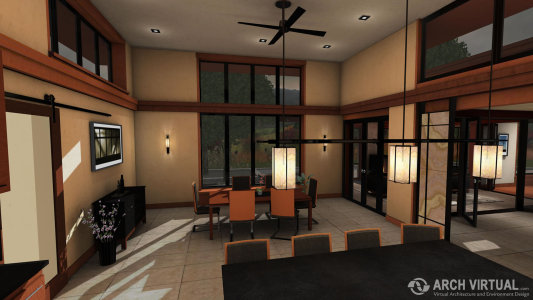
5. Improves education for interior designers
According to a recent paper from East Carolina University, virtual reality could add depth to foundations courses on interior design. The researchers, Susan Meggs, Annette Greer, and Sharon Collins added a Second Life component to a brick-and-mortar freshman interior design class. They hypothesized “that applications in Second Life advance student learning; that interior design skill sets are clearly demonstrated through use of the virtual environment; and that Second Life virtual reality is an effective adjunct in preparing students for the profession of interior design.”
After a three-year test period, the researchers found that Second Life did make a difference.
“Since incorporating Second Life, the researchers have found that virtual reality enhances student engagement and outcomes,” the paper said.
- Changing your home? Try virtual reality - December 30, 2014
